Tesla shares gain on robotaxi launch
Self-driving promises have been propping up Tesla stock’s valuation for years, but the robotaxi revolution may have finally arrived

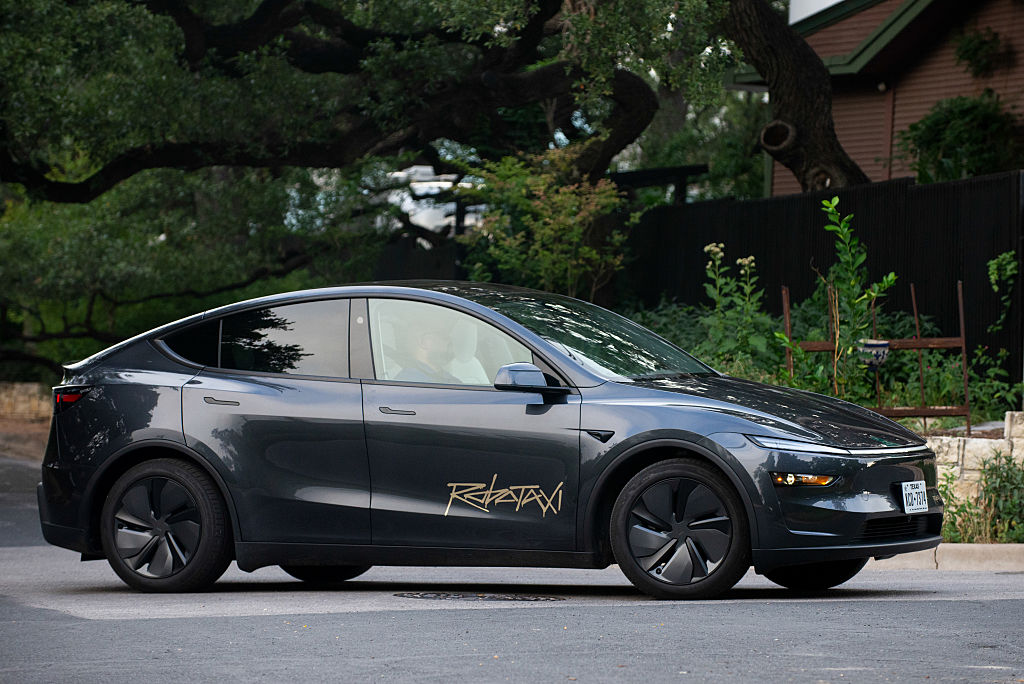
Tesla shares opened 1.8% higher on Friday 20 June as, at long last, the company’s eagerly-awaited ‘robotaxi’ launch was confirmed.
Fully self-driving (FSD) Teslas carried paying customers on the streets of Austin, Texas, for the first time on Sunday 22 June. With CEO Elon Musk having first predicted in 2015 that Tesla would launch self-driving cars within two years, there have been multiple delays and setbacks in Tesla’s robotaxi launch schedule since.
But Sunday’s pilot could mark a key turning point in this narrative.
MoneyWeek
Subscribe to MoneyWeek today and get your first six magazine issues absolutely FREE

Sign up to Money Morning
Don't miss the latest investment and personal finances news, market analysis, plus money-saving tips with our free twice-daily newsletter
Don't miss the latest investment and personal finances news, market analysis, plus money-saving tips with our free twice-daily newsletter
“Today's successful robotaxi launch is really just the beginning of the Tesla AI story,” said Dan Ives, global head of technology research at Wedbush Securities, after taking part in the pilot. “The Robotaxis we experienced today were foundational… [they] exceeded our expectations and offered a seamless and personalized travel experience that has lit the spark for autonomous driving.”
Special invitations were sent to selected Tesla Model Y drivers early in the morning of 20 June, giving them permission to use their cars for the city’s geo-fenced robotaxi launch.
That pushed Tesla shares higher in pre-market trading on Friday, even as S&P 500 futures fell on concerns over president Trump’s response to the escalating crisis in the Middle East. Tesla frequently ranks as one of the top stocks among retail investors and the robotaxi launch could be the first step in repaying this faith.
“We view this autonomous chapter as one of the most important for Musk and Tesla in its history as a company,” said Ives.
What did the Tesla robotaxi launch in Austin involve?
The initial launch was very limited. Reuters reported that approximately 10 vehicles were involved, in the South Congress neighbourhood of Austin.
That should just be the start, though.
“This service should steadily ramp throughout the summer in Austin and it's our view Tesla will launch and scale its robotaxi service to roughly 25 cities in the US over the next year,” said Ives. “Rome was not built in a day...and neither will Tesla's autonomous and robotics strategic vision,” he added.
While the cars involved in Sunday’s robotaxi launch in Austin had empty driver seats, there was a human seated in the passenger seat as a safety monitor. It is unclear how much control they have over the vehicles.
Rides were initially being offered for a flat fee of $4.20.
Despite these limitations, it marks a significant milestone for Tesla as it seeks to gain ground on Alphabet’s Waymo, which already has 1,500 self-driving taxis operating in four US cities, including Austin.
There are key differences in the technology being used to power each version of self-driving cars. Tesla uses a vision-only system of cameras fitted across the car in order to provide the information the self-driving system needs to navigate.
Waymo uses a system called LiDAR which stands for Light Detection and Ranging, which bounces lasers off surrounding objects in order to judge how far away they are (similar to the principle behind radar or sonar). Musk has previously asserted that LiDAR is prohibitively expensive and unscalable compared to Tesla’s method.
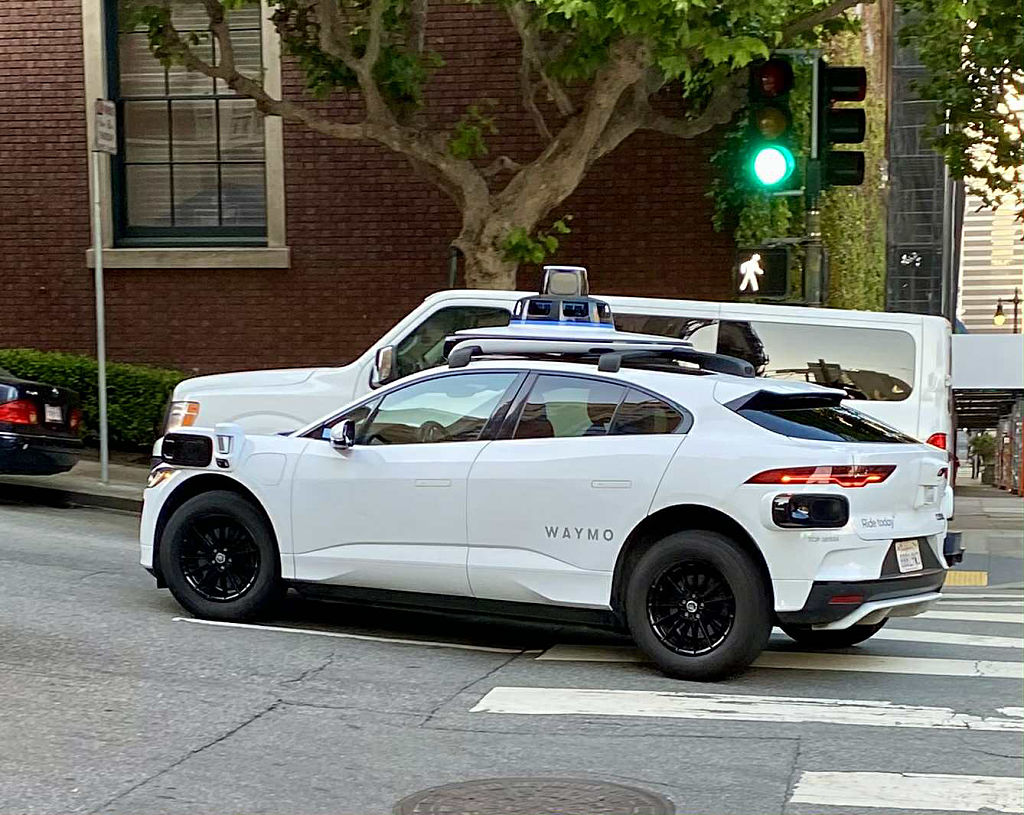
Tesla's competitor Waymo already has thousands of self-driving taxis on the streets of four US cities including Austin, Texas and San Francisco, California
The launch marks “a critical real-world test of Tesla’s vision-only approach to autonomous driving,” according to Matt Britzman, senior equity analyst at Hargreaves Lansdown. “It’s not the fully unchained future Elon Musk has promised just yet, but make no mistake, this is a pivotal first step to realising that dream.
“When you're one of the most heavily scrutinised companies on the planet, slow and steady wins the race, and by most counts, yesterday was a very successful soft launch.”
Why does the robotaxi launch matter for Tesla stock?
Out of all the Magnificent Seven stocks, Tesla is by far the most expensive compared to its past performance. A price-to-earnings ratio of around 185 means that, if its profits never increased, it would take nearly two centuries for anyone who bought Tesla shares today to get their money back in equity.
Tesla stock is so expensive because the business as it stands is essentially just a carmaker, but there is widespread belief among investors that in the future it will have a much larger revenue stream from its robotaxi business.
“We estimate the AI and autonomous opportunity is worth at least $1 trillion alone for Tesla,” said Ives.
The theory is that Tesla vehicles – perhaps, over time, every Tesla on the road – will be upgraded to become a robotaxi which can generate revenue for their owners by ferrying other travellers when they would otherwise be sitting idle.
“If you could have somebody drive you around for a dollar a mile, that's a great deal and everybody will take that,” said Brett Winton, chief futurist at ARK Invest.
Tesla would of course take a cut too – meaning that the company could generate ongoing revenue from hundreds of thousands of vehicles that it has already sold.
“Once robo taxis are in the market, [Tesla] then becomes a point-to-point transportation provider rather than just a seller of hardware assets,” said Winton.
This hypothetical future business model is largely what the market prices Tesla stock by.
Investors have been taking it on faith from Musk for some time that the robotaxi launch is just around the corner. Now, the attention shifts from whether and when the robotaxi launch will happen, to how successful it turns out to be.
Get the latest financial news, insights and expert analysis from our award-winning MoneyWeek team, to help you understand what really matters when it comes to your finances.

Dan is a financial journalist who, prior to joining MoneyWeek, spent five years writing for OPTO, an investment magazine focused on growth and technology stocks, ETFs and thematic investing.
Before becoming a writer, Dan spent six years working in talent acquisition in the tech sector, including for credit scoring start-up ClearScore where he first developed an interest in personal finance.
Dan studied Social Anthropology and Management at Sidney Sussex College and the Judge Business School, Cambridge University. Outside finance, he also enjoys travel writing, and has edited two published travel books.
-
 Boost for over 100,000 families on Child Benefit as new HMRC payment system rolled out
Boost for over 100,000 families on Child Benefit as new HMRC payment system rolled outThousands of households will no longer have to pay the dreaded High Income Child Benefit Charge through self-assessment
-
 Are you being haunted by the ghost of Christmas past? How festive cutbacks could boost your long-term wealth
Are you being haunted by the ghost of Christmas past? How festive cutbacks could boost your long-term wealthThe average family spends around £1,000 over the Christmas season. Here’s how much you could have gained if you had invested some of the money instead.
-
 Coreweave is on borrowed time
Coreweave is on borrowed timeAI infrastructure firm Coreweave is heading for trouble and is absurdly pricey, says Matthew Partridge
-
 An AI bust could hit private credit – could it cause a financial crisis?
An AI bust could hit private credit – could it cause a financial crisis?Opinion Private credit is playing a key role in funding data centres. It may be the first to take the hit if the AI boom ends, says Cris Sholto Heaton
-
 Why Trustpilot is a stock to watch for exposure to the e-commerce market
Why Trustpilot is a stock to watch for exposure to the e-commerce marketTrustpilot has built a defensible position in one of the most critical areas of the internet: the infrastructure of trust, says Jamie Ward
-
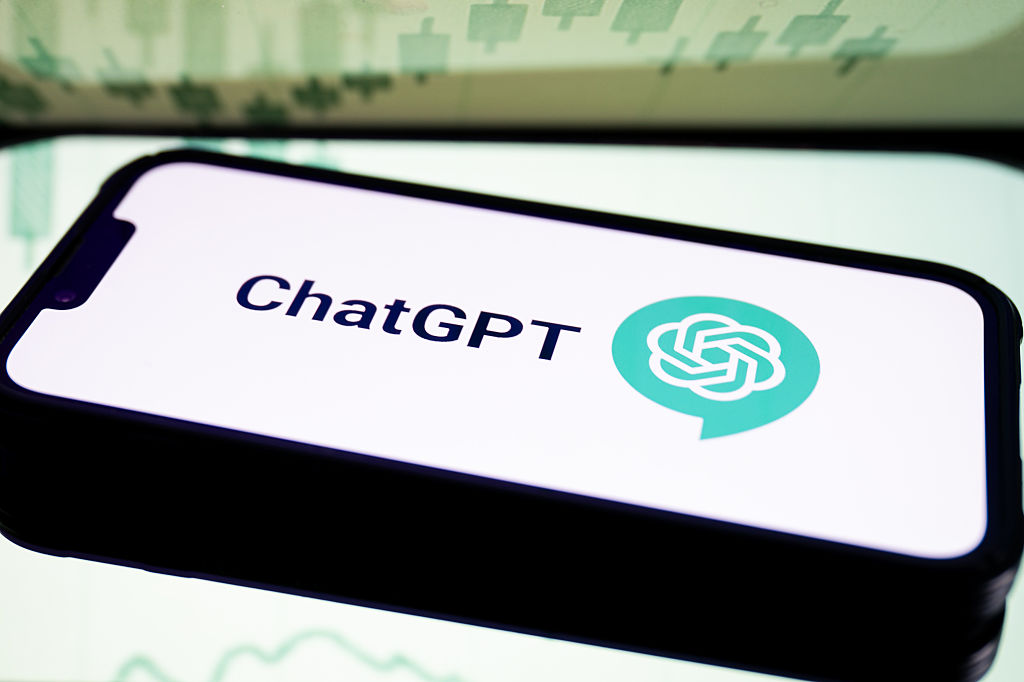 ChatGPT turns three: what’s next for the ‘AI era’?
ChatGPT turns three: what’s next for the ‘AI era’?Three years after its launch kickstarted the age of AI, ChatGPT and its maker OpenAI are driving the stock market. But concerns are growing over whether OpenAI will be able to turn its AI dominance into profit.
-
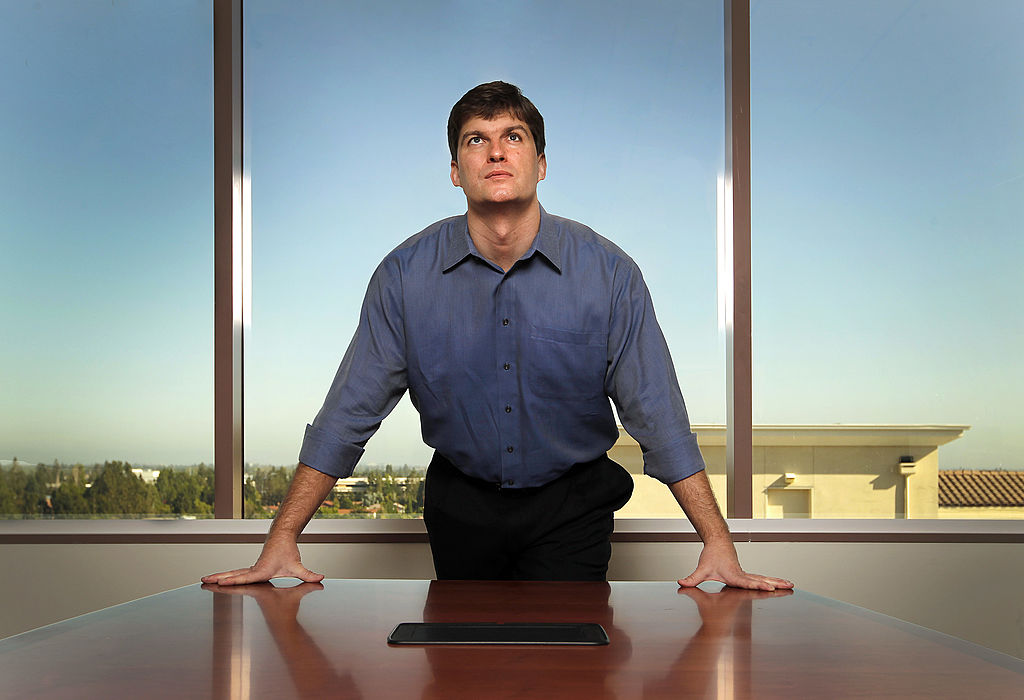 Big Short investor Michael Burry closes hedge fund Scion Capital
Big Short investor Michael Burry closes hedge fund Scion CapitalProfile Michael Burry rightly bet against the US mortgage market before the 2008 crisis. Now he is worried about the AI boom
-
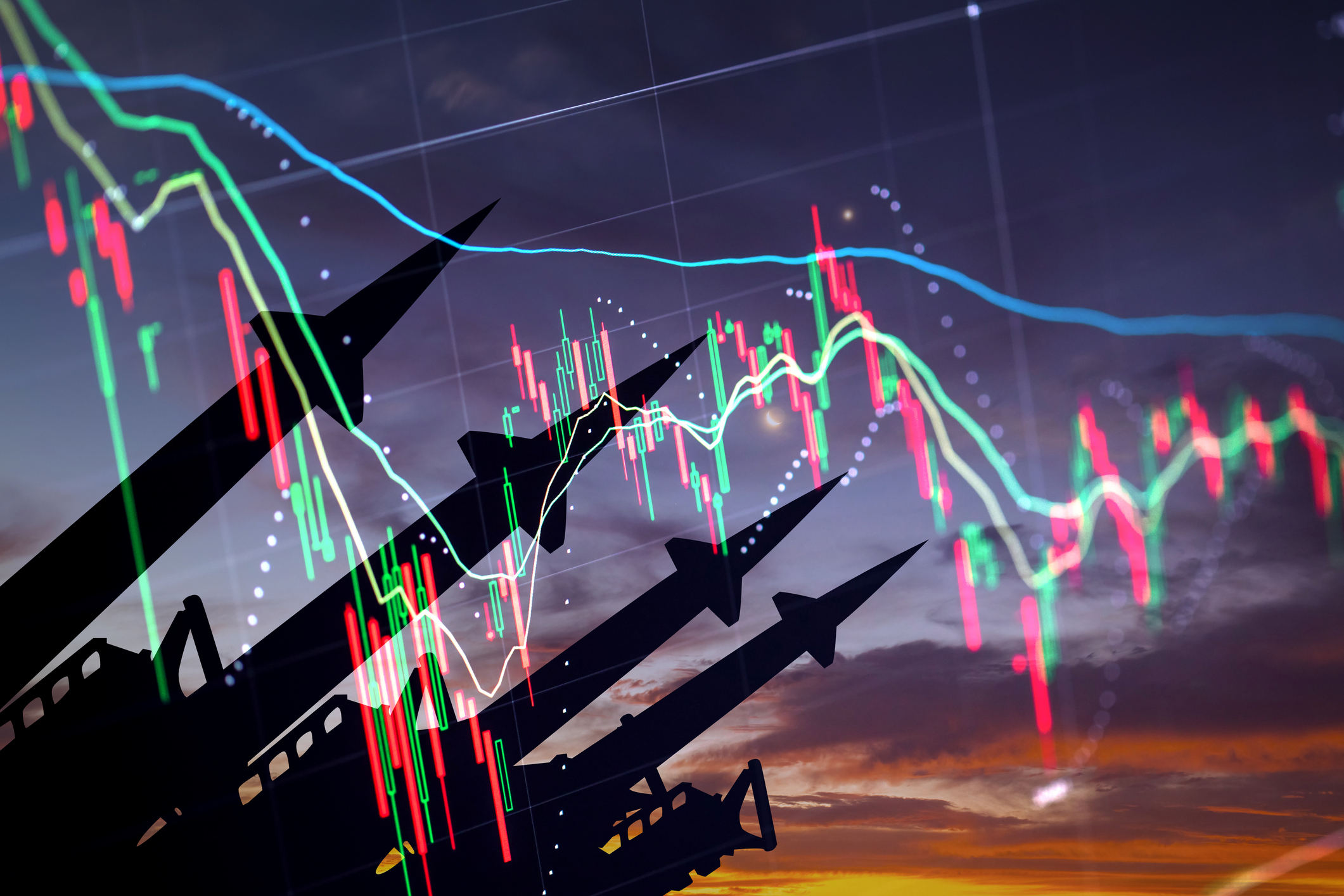 The global defence boom has moved beyond Europe – here’s how to profit
The global defence boom has moved beyond Europe – here’s how to profitOpinion Tom Bailey, head of research for the Future of Defence Indo-Pac ex-China UCITS ETF, picks three defence stocks where he'd put his money
-
 New frontiers: the future of cybersecurity and how to invest
New frontiers: the future of cybersecurity and how to investMatthew Partridge reviews the key trends in the cybersecurity sector and how to profit
-
 Canada will be a winner in this new era of deglobalisation and populism
Canada will be a winner in this new era of deglobalisation and populismGreg Eckel, portfolio manager at Canadian General Investments, selects three Canadian stocks